Description
1. *Bumper*
– *Function Designed to absorb impact in minor collisions, protecting the car’s front and rear ends.
– *Materials*: Usually made from plastic, aluminum, or steel, with energy-absorbing materials inside.
– *Features*: Modern bumpers often include sensors for parking assistance and airbags.
2. *Fender*
– *Function*: Frames the wheel well and prevents debris from being thrown into the air by the tires.
– *Materials*: Commonly made from steel or aluminum for durability.
– *Design*: Styled to complement the vehicle’s overall aesthetics and can include decorative elements.
3. *Hood (Bonnet)*
– *Function*: Covers and protects the engine compartment from debris and weather conditions.
– *Materials*: Typically made from steel, aluminum, or fiberglass for strength and lightweight properties.
– *Features*: May include vents for engine cooling and soundproofing materials.
4. *Doors*
– *Function*: Provide access to the vehicle’s interior while offering protection from external elements.
– *Materials*: Constructed from steel or aluminum, often with reinforced bars for safety.
– *Components*: Include handles, locks, window mechanisms, and trim pieces.
5. *Quarter Panel*
– *Function*: Extends from the rear door to the trunk and roof, shaping the rear section of the car.
– *Materials*: Usually made of steel or aluminum.
– *Features*: Houses the rear wheels and sometimes includes the fuel door.
6. *Roof*
– *Function*: Protects passengers from weather and provides structural support.
– *Materials*: Commonly steel, with options for sunroofs or panoramic glass.
– *Design*: May include roof racks or antenna mounts.
7. *Trunk Lid (Boot)*
– *Function*: Covers the trunk area, providing access to storage space.
– *Materials*: Made from steel or aluminum, sometimes with fiberglass for aftermarket options.
– *Features*: Equipped with hinges, latches, and sometimes rear lights.
8. *Grille*
– *Function*: Allows air to enter the engine compartment while protecting against debris.
– *Materials*: Made from plastic or metal with a variety of design options.
– *Design*: Often a key styling element, branded with the manufacturer’s logo.
9. *Headlights and Taillights*
– *Function*: Provide illumination for driving visibility and signaling to other drivers.
– *Materials*: Consist of plastic housings with LED, halogen, or xenon bulbs.
– *Features*: Modern lights may include adaptive technology and decorative accents.
10. *Side Mirrors*
– *Function*: Allow drivers to see alongside and behind the vehicle.
– *Materials*: Made with glass and plastic, often featuring electronic adjustments.
– *Features*: May include heating elements, turn signals, and blind spot detection.
11. *Windshield and Windows*
– *Function*: Provide visibility while protecting passengers from wind and debris.
– *Materials*: Made from laminated safety glass for strength and shatter resistance.
– *Features*: Often treated for UV protection and noise reduction.
Conclusion
Car body parts play a crucial role in vehicle safety, aesthetics, and functionality. Understanding their specific functions and features helps in making informed decisions about repairs and replacements.
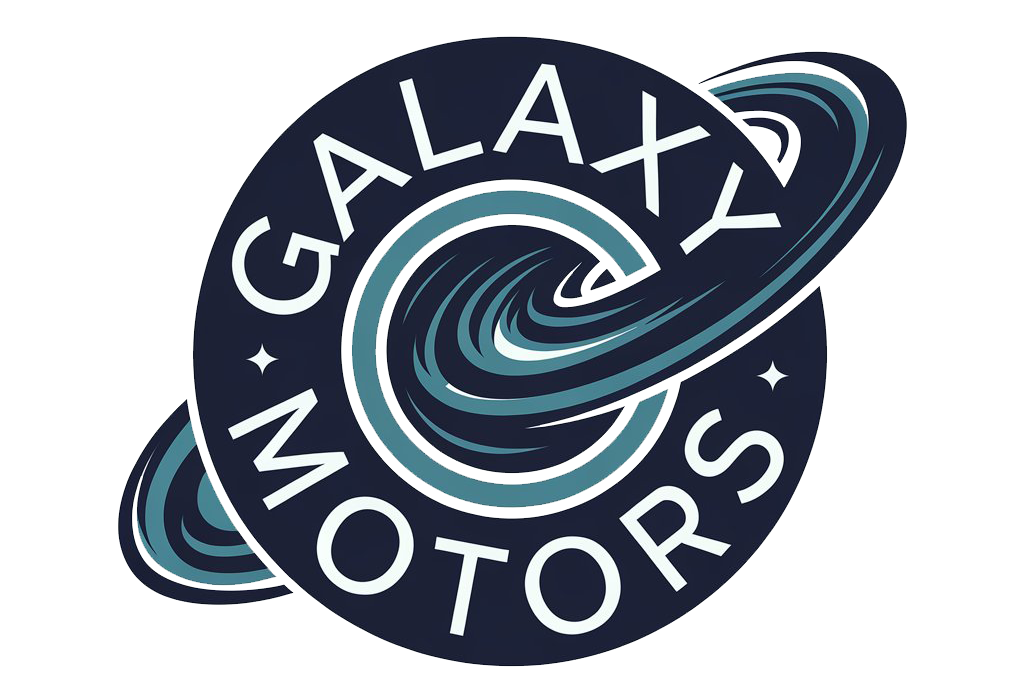
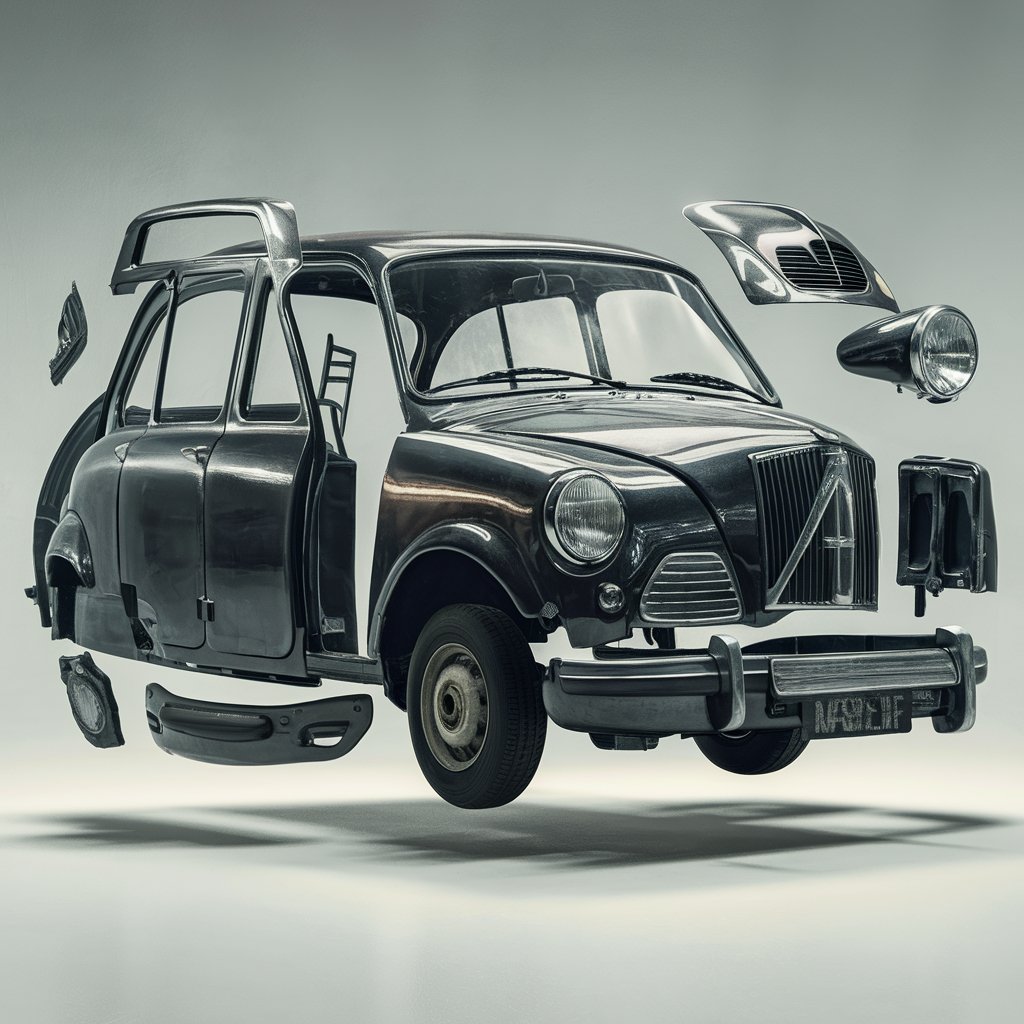
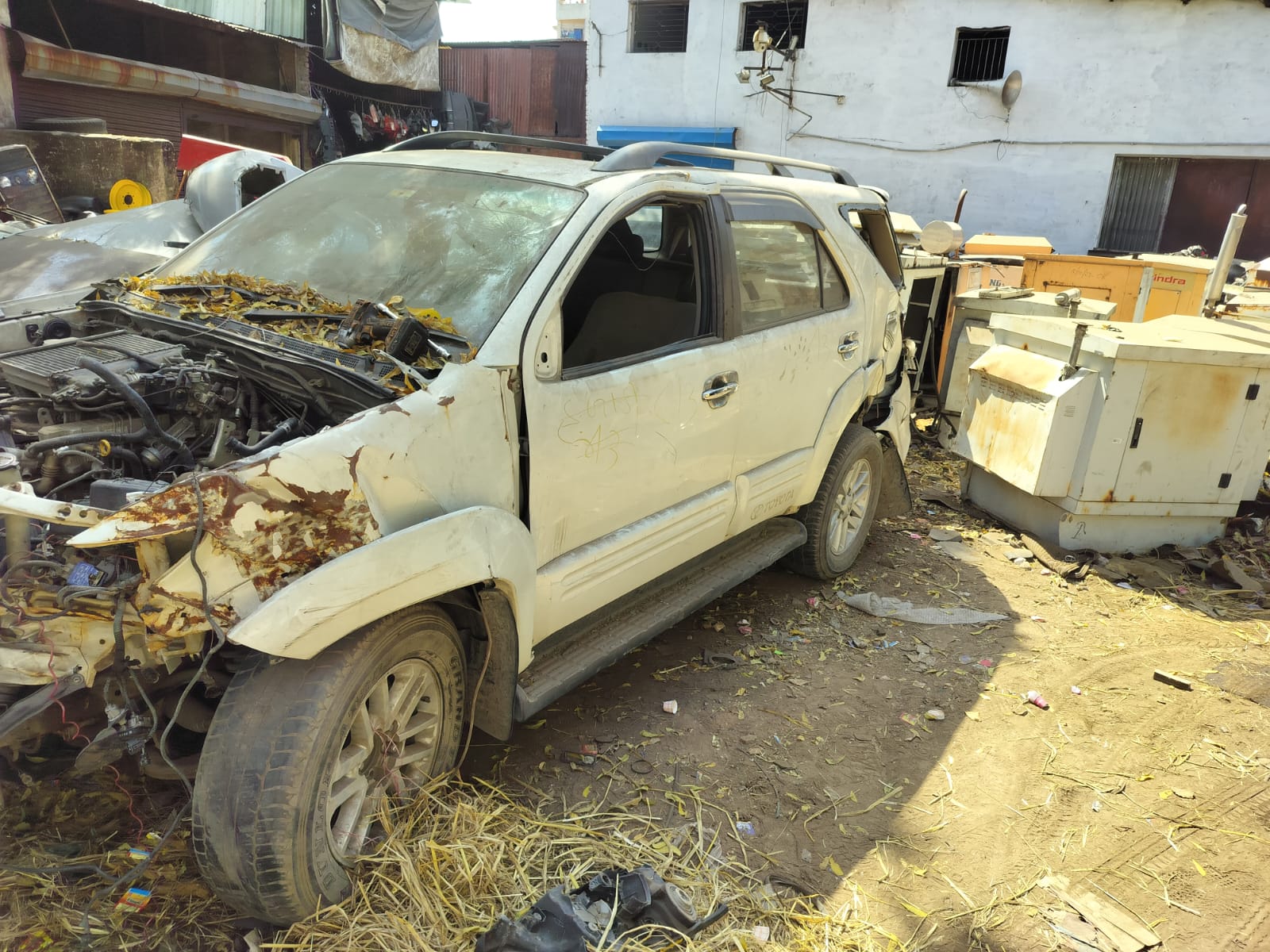
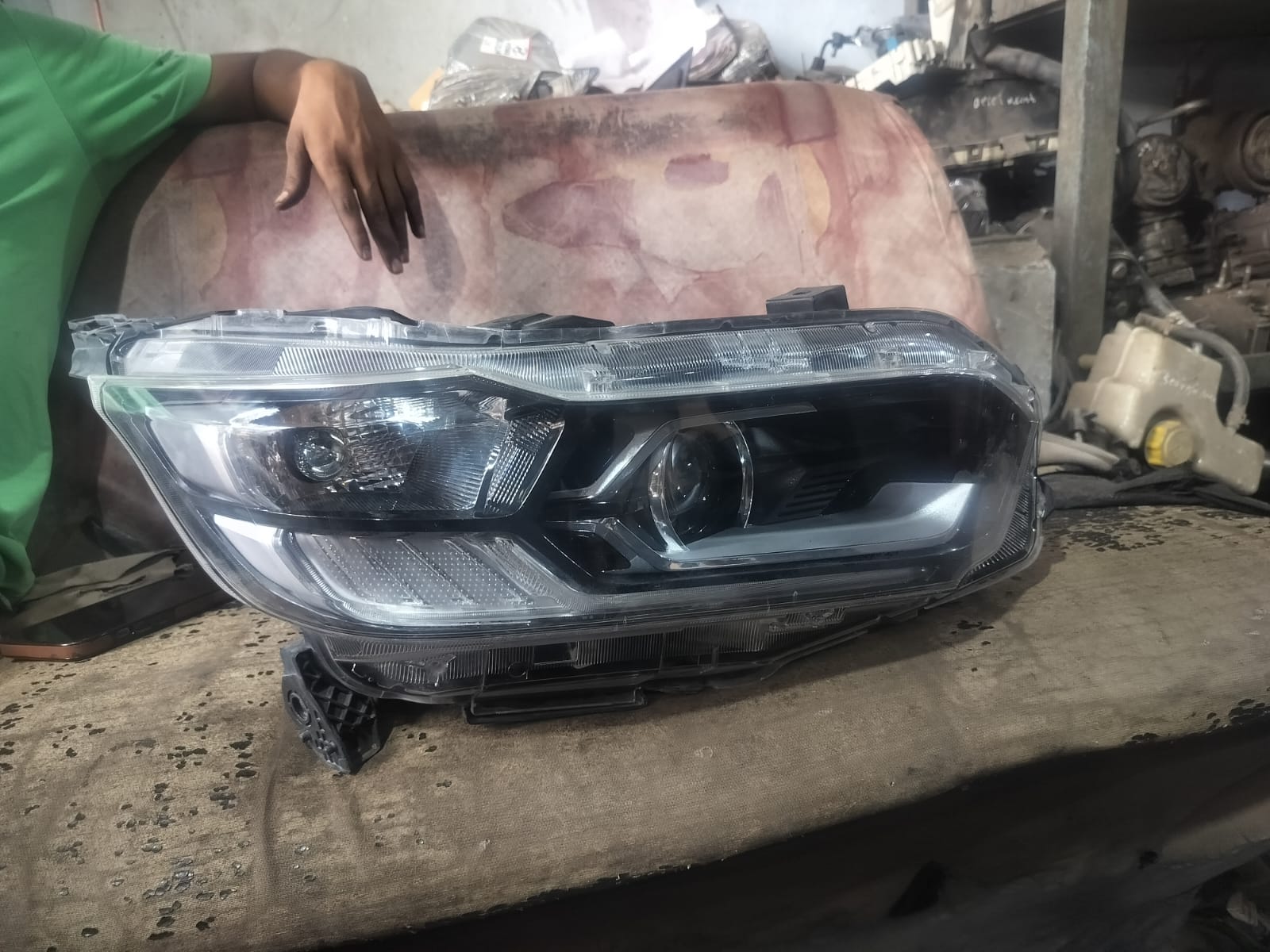
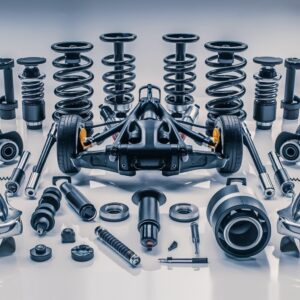


Reviews
There are no reviews yet.